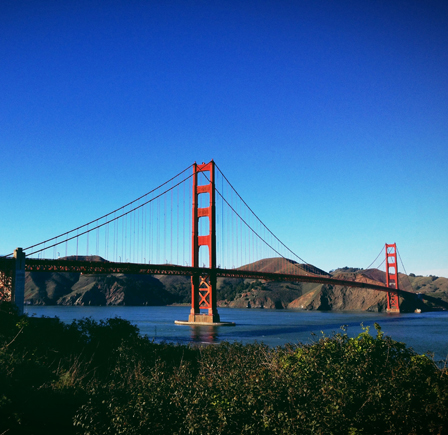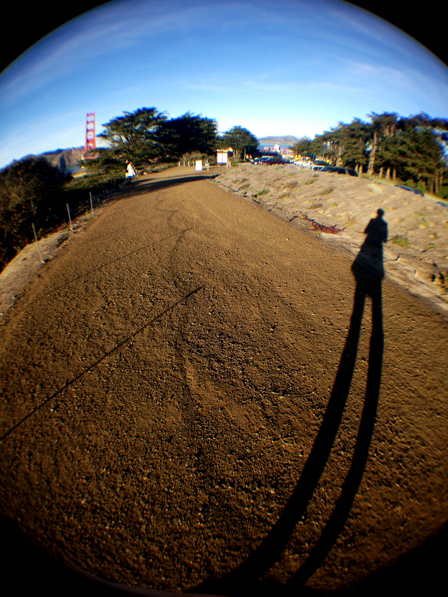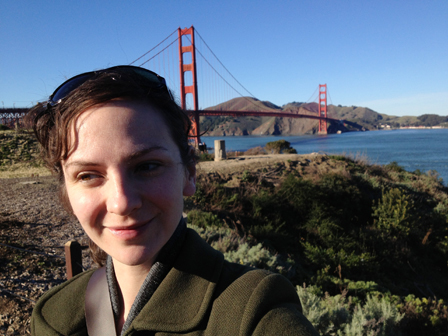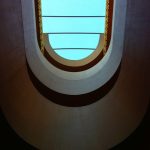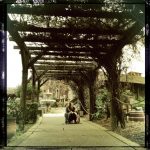“The Golden Gate Bridge is my hero,” I thought to myself. “Wait, what does that even mean?”
It’s a symphonic display of design and engineering, but it’s just metal and construction materials, whereas “hero,” is a word that personifies.
It might have been my many days in NYC, in which I referred to things like the Flat Iron Building, Top of the Rock, and Grand Central Terminal as “iconic New York backdrops,” when proposing photo shoot locations to out-of-towners. But can a building or a bridge really be an icon?
They’re more like synthetic trees, grounded in wisdom, protectors of their surrounding forests. Guardians of time that stand there steadfast, through days, years, decades.
Okay, see? Why all of the analogies that imply architecture is alive?
I suppose it is alive, in a sense, though certainly not teeming with the organic life and primordial, inherent wisdom of an actual tree. But something that towers over us like that seems to take on an authority over us. Makes us wonder what we look like from up there.
Our momentary journey across that bridge, like one of so many ants, does it register to the massive structure that holds us? In terms of physics, would my one car even weigh in against the massive weight it was designed to support?
Perhaps this is why we love to gaze at a bridge like the Golden Gate — to know that we are each just part of a larger whole, and that there is a system of design that can easily support us all.

